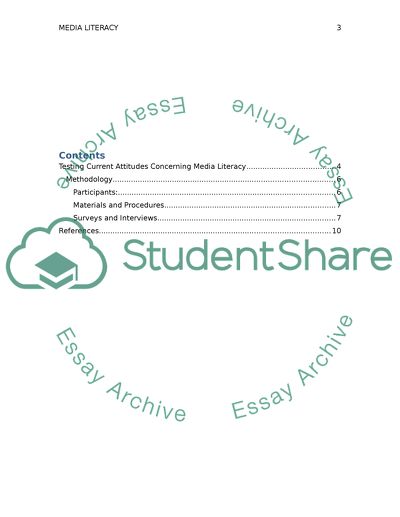Cite this document
(“Current Attitudes Concerning Media Literacy Research Proposal”, n.d.)
Current Attitudes Concerning Media Literacy Research Proposal. Retrieved from https://studentshare.org/psychology/1438204-research-proposal-paper
Current Attitudes Concerning Media Literacy Research Proposal. Retrieved from https://studentshare.org/psychology/1438204-research-proposal-paper
(Current Attitudes Concerning Media Literacy Research Proposal)
Current Attitudes Concerning Media Literacy Research Proposal. https://studentshare.org/psychology/1438204-research-proposal-paper.
Current Attitudes Concerning Media Literacy Research Proposal. https://studentshare.org/psychology/1438204-research-proposal-paper.
“Current Attitudes Concerning Media Literacy Research Proposal”, n.d. https://studentshare.org/psychology/1438204-research-proposal-paper.


